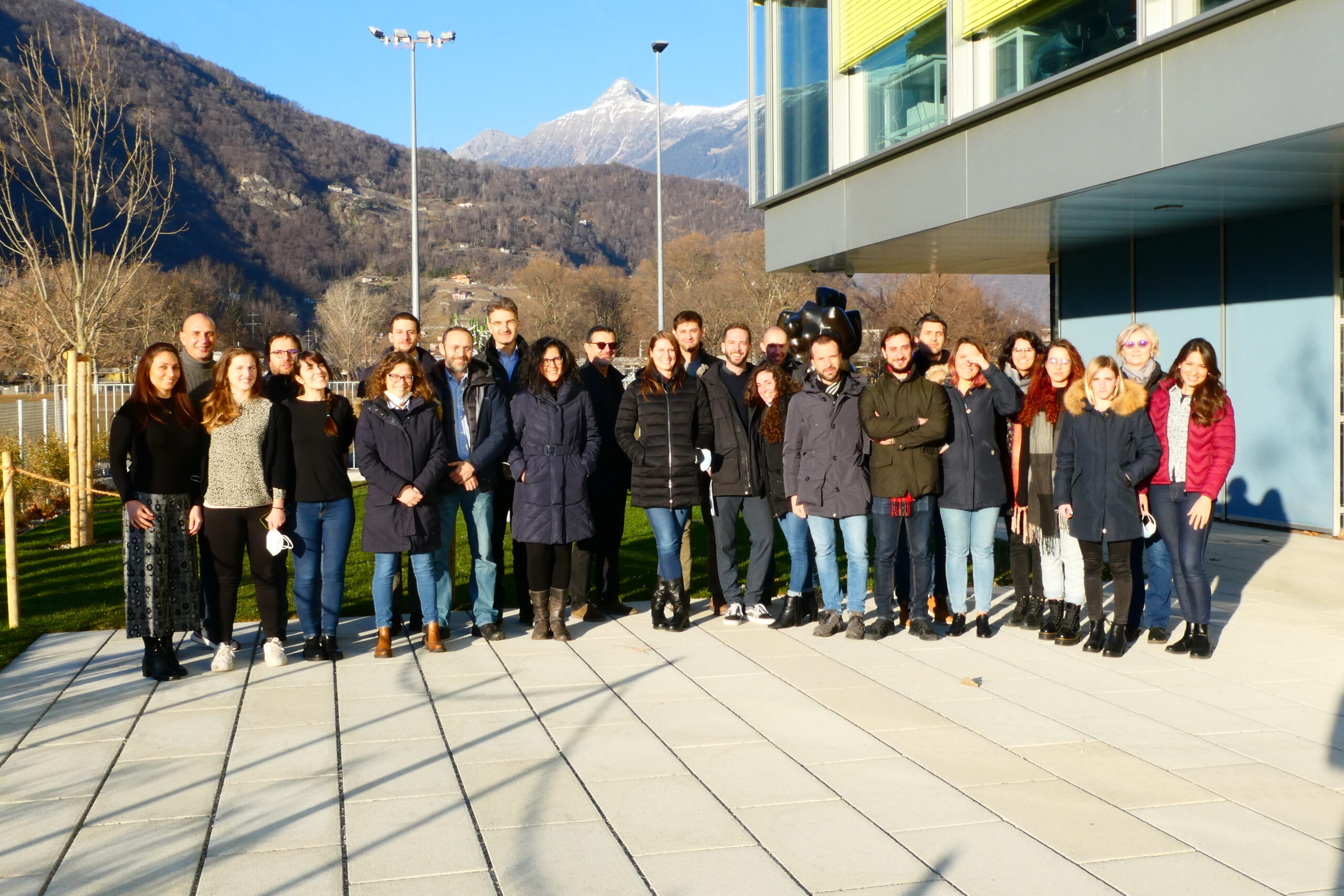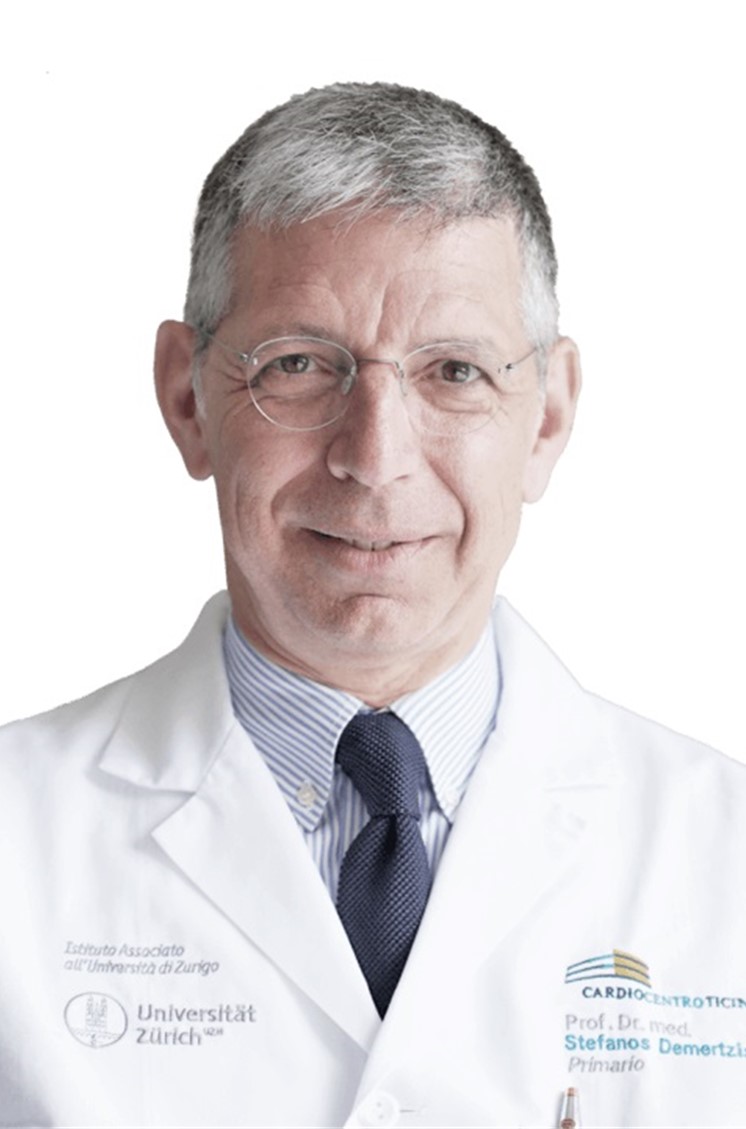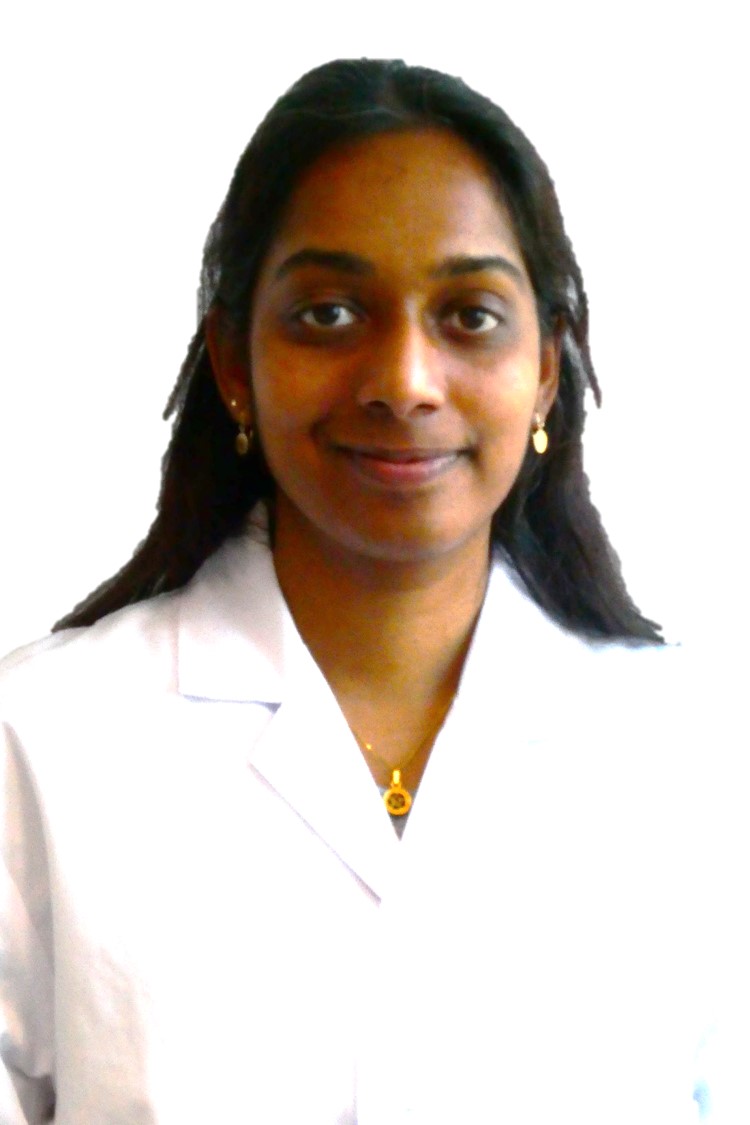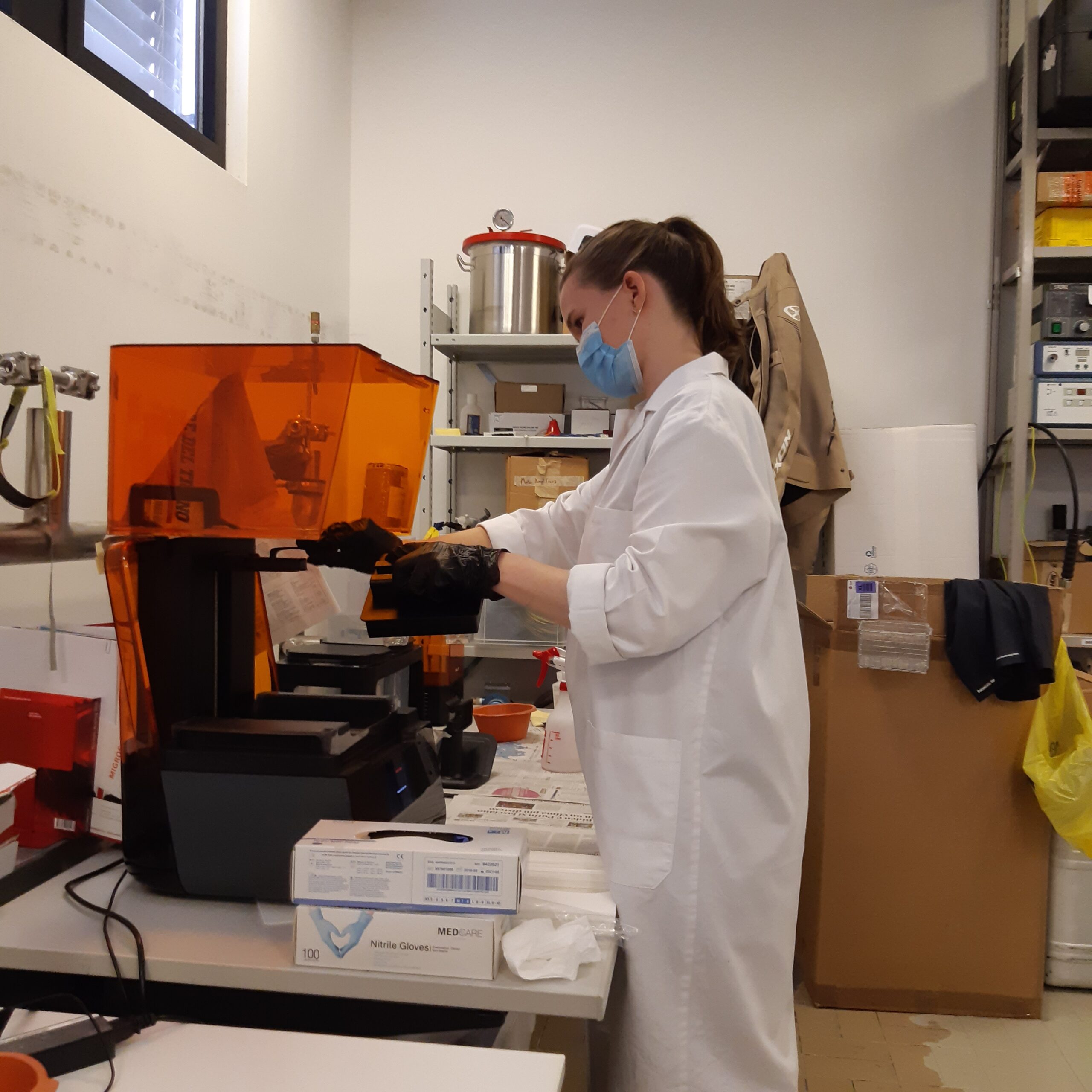The Cardiovascular Engineering lab started with a focus on the development of a new Ventricular Assist Device for supporting end-stage heart-failure patients. This turbodynamic pump is peculiar as it is intended for right ventricular support, in contrast with all the existing devices that support the left ventricle. Our development was focused on first creating a ‘research vehicle’ that could be used in in vitro and in vivo studies to assess the necessary characteristics such a device needs to be useful and commercially viable. The majority of this work is currently transferred to the Politecnico di Milano in a collaborative effort that has been ongoing for 4 years.
More recently, the focus of the CVE group shifted towards improving the quality of cardiac surgery by finding often ignored ‘little common problems’ that may still have a big impact on the outcome and the patient’s quality of life. Particularly, we are looking into solid and gaseous emboli that may enter the blood and travel to critical organs and block part of the coronary or cerebral circulation. Heart infarction and stroke are very rare complications of heart surgery, but little disturbances in the electrocardiogram (ST-segment elevation) as a consequence of coronary air bubbles are regularly observed and fixed during the surgery. Post-operatively, a slight decline in cognitive function, for instance in specific memory or verbal tests, is regularly observed in the few studies that focused on this. While this reflects the state of the art, and emboli are not the highest priority concern, our hypothesis is: the more we can avoid, the better.
A first step towards this is to accurately and consistently measure the air bubbles that are traveling through the heart-lung machine to assess how severe the problem is and set a reference that can subsequently be improved. We have established a quality control system in the OR together with the perfusionists and already identified components and manoeuvres that can be a target for quality improvement.
Another approach we are following is the detailed analysis of a commonly (mis)used method that prevents blood-air contact in the opened chest: CO2 field-flooding. Our lessons learned are leading us to the development of a medical device to facilitate this technique.












